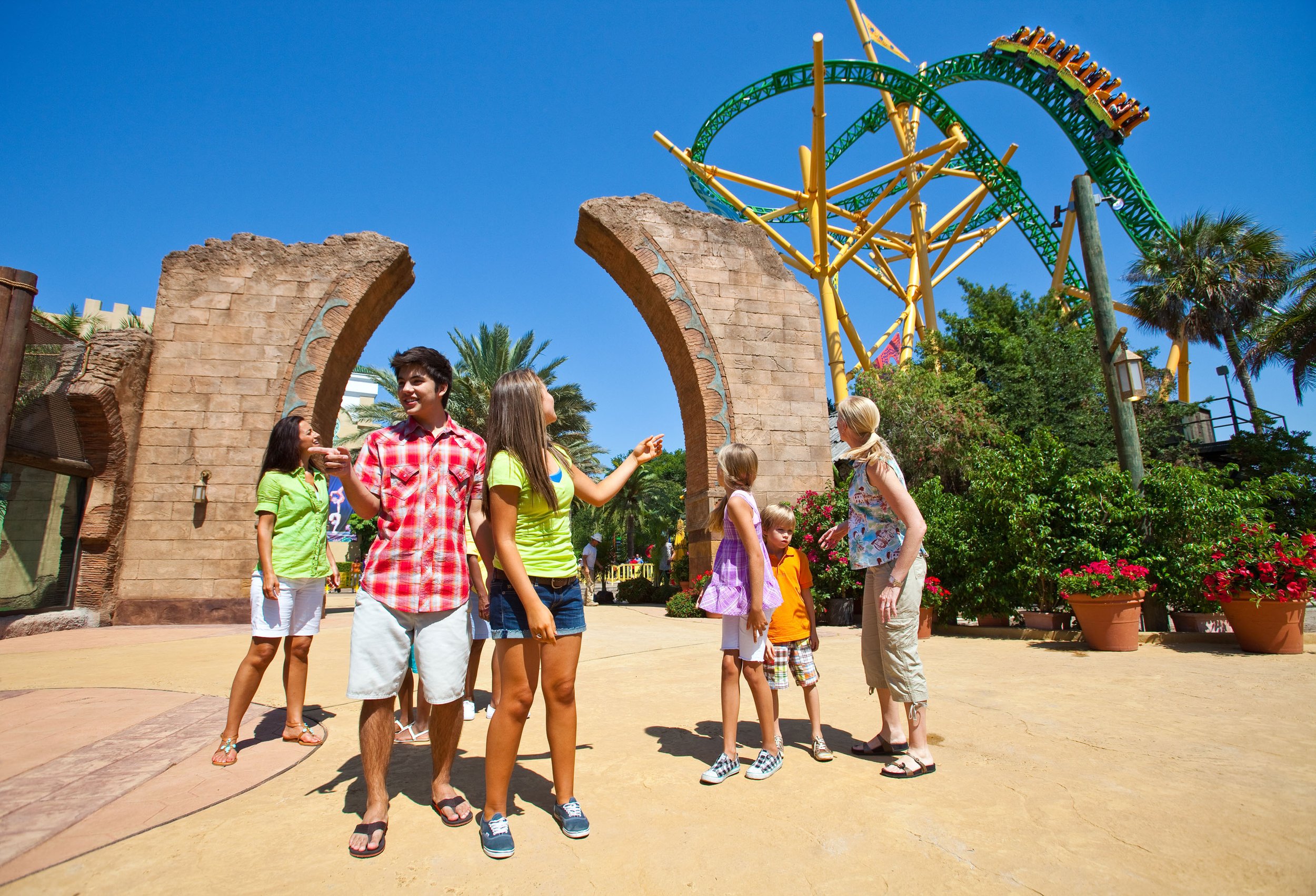Creating Inclusive Attractions for Active & Passive Participants
Everyone loves the rush of the wind in their hair as they plummet down a monstrous drop and careen toward an inverted loop, right?
Well… no, not everyone.
Plenty of visitors get weak in the knees at the mere sight of a roller coaster. There are also many guests who are unable to ride due to height, size, or medical restrictions. The experience of preferring to be an onlooker isn’t limited to theme parks either. Some visitors will not go anywhere near the touch tanks at the aquarium and do not want a giraffe pulling a lettuce leaf from their hand at the zoo. Designing with empathy means including all visitors in our plans, not just the all-in-go-zero-to-60, ready-to-swim-with-sharks visitors.
Empathy, through recognizing and accommodating the needs and preferences of passive participants, provides a welcoming environment for all guests, regardless of their ability or desire to participate in specific activities.
Broadening our audience includes families with young children, seniors, individuals with disabilities, and those who prefer a more relaxed experience. Many visitors come to theme parks in groups, and not everyone in a group may want to or be able to ride the same attractions. By providing options, attractions can ensure that groups stay together and enjoy shared experiences, fostering stronger bonds and positive memories.
Jeff Havlik, PGAV Vice President, said, “When designing, we need to think further than thrill rides and take a much broader look at ways to design destinations and attractions. We need to get into the minds of the more passive participant and find things that will appeal to them and engage them in the experience.” Including passive participants’ needs and desires in the design process allows for diverse attractions, such as live performances, interactive exhibits, educational displays, relaxation areas, and scenic spots.
Think about a typical golf viewing experience: it’s much less interactive for the non-golfer. But think about places like TopGolf, where active participants swing the club while passive participants cheer as they nibble on food and sip beverages. The same concept can apply to attractions and extend past food and beverage. Cheetah Hunt at Busch Gardens, Florida, integrates a cheetah habitat with a coaster. Non-riders can watch part of the coaster’s path, and the cheetah exhibit includes a long straight run parallel to the coaster launch, where the cats can show off their speed. There’s thrill and connection for both riders and non-riders.
Havlik said, “The experience of most attractions begins in the queue and culminates on the ride or experience. The entry and queue are reserved for just active participants, splitting groups and excluding passive visitors. Many visitors miss out on part of the attraction’s story. There’s an opportunity to use the queue to reach a much larger audience.” When designing new attractions, consider the entire experience from entry through the exit to see if there are ways to share the story and experience to create passive participation. The Manta queue at SeaWorld Orlando includes an aquarium that can be enjoyed by riders and non-riders of the coaster, allowing them to share the experience. This idea could apply to attractions with flight simulators and flying theatres, allowing all guests to experience the queue, preshow, and media portions.
Those not interested in high-thrill or interactive experiences still want to experience the emotion alongside the active participants. To help draw the passive participants in, analyze the attraction and identify the spots where the action occurs.
Can you put your observation areas there so passive participants still feel the rush of wind and see the smiles and surprise?
Can you elevate the viewing areas to the same height as the ropes course or giraffe feeding?
“If you can place a viewing area in the middle of a coaster turn, passive participants can see the people in their group and their expressions,” Havlik said. “This allows for vicarious enjoyment that can be shared between all participants when they rejoin.”
Reinvention is more fun with friends. Got a topic you want to see on Destinology?
Email us at destinology@pgav.com or start a conversation on Facebook, Twitter on LinkedIn.
Tap the buttons below.









